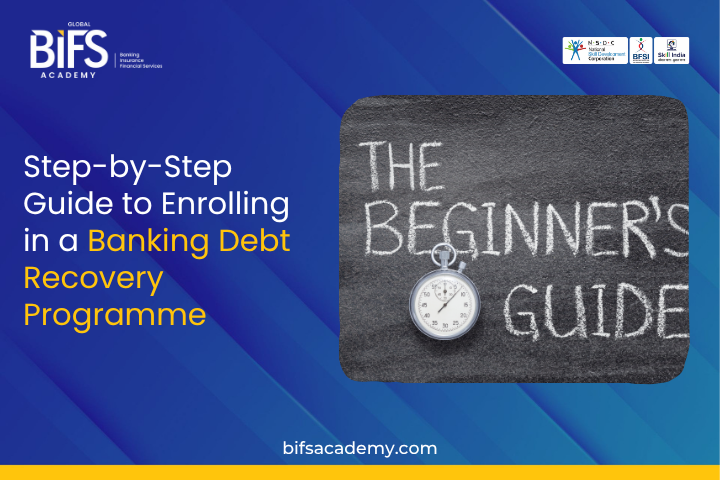With the rapid digital transformation, the banking sector has reshaped itself. In this shift, an important role comes in of the Virtual Relationship Manager (VRM) who acts as a modern banker with the art of building and nurturing trust from behind a screen. This role is designed to combine personalised customer service with the efficiency and reach of modern technology.
The VRM is a direct response to the customer demand for convenience, personalised advice, and convenience without the need to visit a branch physically. This blog shows the details of the roles and responsibilities that a VRM can perform in modern banking.
Who is a Virtual Relationship Manager?
A Virtual Relationship Manager is a banking professional who is responsible for managing and nurturing the client relationship with virtual platforms. The virtual platforms can be phone calls, video conferencing, chat platforms, and customer relationship management systems.
A VRM's main duty is to strengthen and maintain client relationships within the portfolio they have been given, frequently concentrating on high-net-worth or preferred banking segments. For all financial needs, they serve as the client's only point of contact, converting the conventional in-person service into a flawless, excellent digital encounter.
Responsibilities of VRM
|
Responsibility
|
Description
|
|
Digital Communication
|
Regular and planned communication with clients through video calls, emails, and phone. Go beyond transactional requests and inquire about their financial satisfaction.
|
|
Financial Advisory
|
Delivering individualized guidance on wealth management, insurance, loans, and investments based on the client's risk tolerance, financial objectives, and profile.
|
|
Portfolio Quality and Service
|
Keeping an eye on customer accounts for significant changes or possible attrition, making sure problems are resolved promptly, and aggressively encouraging the use of digital banking services (apps, net banking)
|
|
Target Achievement
|
Reaching individual and group sales goals for upselling and cross-selling the bank's products (such as mutual funds, credit cards, and Demat accounts) in order to grow the client's "wallet share.
|
How VRM’s Responsibilities in Modern Banking
VRM plays an important role in driving customer satisfaction, sales, and retention within its assigned portfolio, completely in the virtual channels.
- Customer Engagement and Advisory:
VRM maintains and strengthens relationships through routine interaction with clients. They are responsible for providing guidance on banking products like credit cards, loans, mutual funds, or insurance to make sure that the solutions meet the client’s financial goals. VRMs must establish the same degree of trust as is maintained in the face-to-face meetings. They must know the use of effective presentation and communication techniques in virtual meetings.
- Sales and Business Growth
VRMs can identify and execute the opportunities to sell additional products and services to increase the wallet share of the client. Thus, generating income for the bank. They can help to monitor large account movements and proactively engage customers to address concerns and ensure retention of the portfolio.
- Operational Excellence and Compliance
This can be achieved by encouraging and instructing the clients to conduct regular transactions via the bank’s digital channels, like net banking and mobile apps. Using CRM (Customer Relationship Management) tools to precisely profile clients, record all communications, and use data-driven triggers to predict requirements.
- Cost Efficiency
Banks can serve a large number of customers over a larger geographic area thanks to the VRM model, which eliminates the high fixed costs involved in maintaining a sizable network of physical branches. This digital-first approach allows banks to reach customers in remote or underserved regions without the need for physical expansion. It significantly reduces operational expenses related to rent, infrastructure, and staffing. As a result, banks can allocate more resources toward enhancing digital platforms, personalized services, and innovative financial solutions.
- Convenience and Extended Hours
With the facility of virtual interaction, VRMs can accommodate their clients’ busy schedules. This services outside of their regular banking hours helps the bank to gain the maximum customer experience.
- Omni-Channel Strategy
For speedy transactions and information, consumers in modern banking commonly use automated tools like chatbots, smartphone apps, or online portals. Even though these tools are quick and easy to use, they frequently fall short of providing the emotional intelligence and individualized care that consumers demand, particularly when it comes to complicated financial decisions.
Final Thoughts
A Virtual Relationship Manager (VRM) is a banking professional who manages and nurtures client relationships entirely through digital platforms such as calls, video conferencing, emails, chat, and CRM systems. They work based on the customer segments, for instance, for high-net-worth customers, the VRM serves as a single point of contact. They manage their financial needs by replicating the face-to-face services in a seamless virtual format. As seen above, VRMs can maintain regular digital communication, offering personalised financial advisory. Additionally, VRMs also help banks achieve cost efficiency by reducing reliance on physical branches.
They improve convenience, build trust, and incorporate omni-channel strategies to provide prompt, compassionate solutions.
Read more:- Building Tomorrow’s Virtual Relationship Managers with BIFS

















































